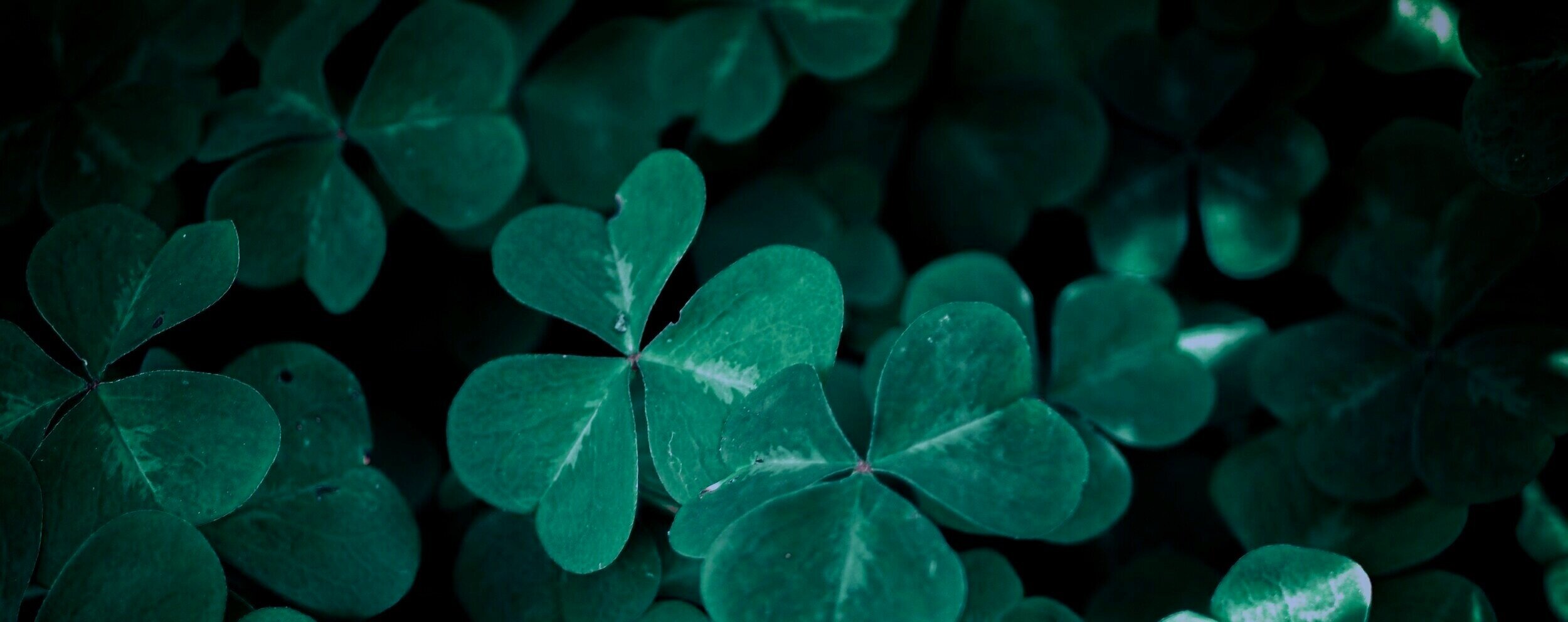
The cleaning products problem
Cleaning products are everywhere. We use them to clean our clothes, dishes, windows, and now more than ever our hands to keep us and the people around us safe. But only 3% of products in this $13 billion industry are eco-friendly, which comes at high environmental and societal costs for future generations. On top of that, products that are eco-friendly face performance challenges or safety concerns, leaving us as customers in doubt over which product to buy.
Cleaning products don’t have to be a problem.
At Sironix, we have developed a new technology to turn plants into eco-friendly cleaning ingredients that are performance advantaged and free of hazardous chemicals. By offering our bio-based technology to cleaning brands, producers and consumers alike, we aim to reduce the environmental footprint of a huge industry, and allow you to shop a product that fullfills all needs: sustainability, safety and performance.
We are making detergents greener.
So your conscience can be as clean as your clothes.

The Sironix performance advantage
In hard water
If you’ve ever washed your hair with hard water, you’ve experienced this problem — the shampoo doesn’t really foam and it forms a gooey mess that won’t rinse out. Our cleaning ingredient, the Eosix® surfactant is 500x more stable in hard water, meaning the products foam well, rinse out, and clean better. As a result, we can eliminate additives, usually needed to boost hard water performance, creating products that are better for the environment and cheaper, all at once!
On tough stains
Even on tough-to-remove blood stains, the Eosix® surfactant cleans well or better than existing surfactants. In this hard water wash test on cotton fabric, the Eosix® surfactant removed twice as much blood stain compared to commonly used conventional LAS surfactant. If you're a formulator or brand interested in trying it out, let us know!
For long lasting foam
While we test the Eosix® surfactant with hundreds of stains and wash conditions, we also look at its capability to foam, which is an important characteristic for cleaning and personal care products. Our Eosix® surfactant generates foam with higher stability in hard water compared to existing surfactants, making it an interesting candidate for applications where long lasting foam is needed!
Frequently Asked Questions
+ What are surfactants?
Surfactants, which is short for surface active ingredients, are the molecules that make your clothes look clean at the end of laundry day. They consist of a water-soluble head and a water-repellent tail, which allows them to penetrate into your clothes and remove stains. They can act as detergents, wetting agents, emulsifiers and more, and are found in many products that you're using on a daily basis.
+ What are LAS, SLS and SLES?
All of them are commonly used surfactants by existing personal care and cleaning product brands. It's likely that you have more than one bottle of shampoo or cleaner at your home that contains at least one of these three molecules. LAS (linear alkyl benzene sulfonate) is made from petroleum, while SLS (sodium lauryl sulfate) and SLES (sodium laureth ether sulfate) can be entirely or partially derived from natural sources such as palm and coconut oil.
+ Are your surfactants safe?
The synthesis of our Eosix® surfactant does not result in toxic by-products such as 1,4-dioxane, nor does it require the use of ethylene oxide, which makes it a safe alternative to other commonly used surfactants such as SLES.
+ What feedstock do you use?
We preferably use plant sources that are non-competitive with the food supply chain and don't contribute to environmental damage such as deforestation. Examples are soy and algal oil.
+ Which stains do you test?
Blood, grass and wine stains are just a few examples of hundreds of possible stains on cotton fabric that we purchase from a specialised company to test our Eosix® surfactant with. If we ever run out of test material, we can also always rely on our puppy board members to provide us with various stain samples at any required scale.









